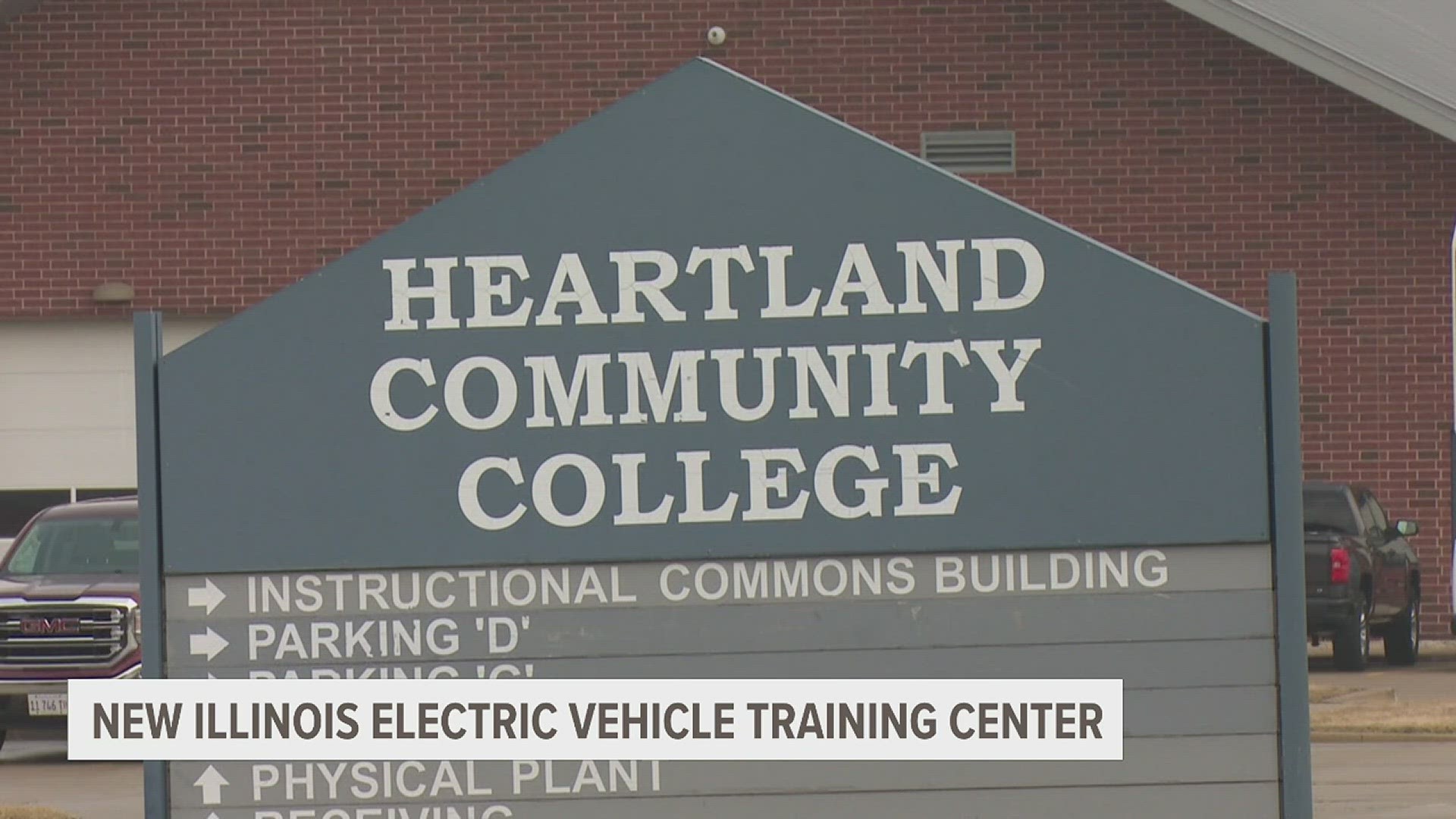SPRINGFIELD, Ill. — Editor's Note: The video above talks about an event Illinois governor JB Pritzker attended to debut electric automotive engineering to a local college.
A state commission created in 2021 has issued a new report calculating that public universities in Illinois are underfunded by approximately $1.4 billion.
The Commission on Equitable Public University Funding comprises 34 members, including legislators, representatives from public universities, and members of advocacy organizations.
It found that adding $100 million to $135 million annually to public universities would allow the state to bridge the funding gap in 10-15 years.
The commission’s co-chair, Sen. Kimberly Lightford, D-Westchester, was among several members to outline its findings at a Capitol news conference Wednesday.
“When institutions are underfunded, they are unable to provide the necessary resources and support to all students,” Lightford said. “This perpetuates a cycle of inequalities, where those from affluent backgrounds have access to better education, and subsequently better opportunities, while others are left behind.”
Without state funding the financial burden has fallen on students. Ralph Martire, the executive director at the left-leaning Center for Tax and Budget Accountability, said the state's operational funding has decreased from 72 percent covered in 2002 to 35 percent in 2021.
Martire said that as the cost to students goes up, college becomes less accessible. Lack of access to higher education perpetuates systemic issues such as income inequality.
“We are making higher ed more unaffordable for everyone in Illinois generally,” Martire, who served on the commission, said. “But in particular, for low-income families and families that have been marginalized for decades.”
Higher education has seen increased funding under the Pritzker administration, notably for the Monetary Award Program, or MAP grants. In the current fiscal year, the state allocated over $700 million in MAP funding, up from about $401 million when Pritzker took office in 2019. The state’s total higher education budget is just over $2.5 billion this fiscal year.
Commission co-chair Rep. Carol Ammons, D-Urbana, said that while investments including MAP have helped students and universities, more needs to be done.
“For decades, the state has used a system that largely provides resources based on the negotiations that happen across the board,” Ammons said. “But all institutions are not the same.”
Janice Jackson, CEO of Hope Chicago, said in an interview that the commission looked at student needs as well the support and funding that first-generation, low-income, and minority students may need “not only to get in college but more importantly to persist and complete college.”
The commission has been working to develop a formula to bridge the gap in funding. By setting targets for each university and subtracting their established resources, the commission calculated the gap in funding for each public university. Public universities, including all sources of available funding, are currently at 68.5 percent funding adequacy collectively.
“The single most important driver of student success and of equity in higher education is in our control. We can control what we invest and how we invest it,” Robin Steans, a commission member and president of the education advocacy group Advance Illinois, said. “And you may be wondering, why haven't we done that before? And part of it is we didn't have a roadmap. We do now.”
The commission looked at funding models from five states including Tennessee and California as well as Illinois’ K-12 Evidence-Based Funding model. The commission decided to base the higher education formula on the K-12 model.
“This may sound familiar, by the way, because this is what we did in K-12, to remarkable success to national acclaim,” Steans said. “It's more complicated to do it in higher education.”
The K-12 model sets an individual funding adequacy target for each district and calls for an added $350 million in state funding each year. The bulk of that money is directed to districts that are furthest from the adequacy target.
The commission laid out three possible time frames for bringing districts closer to funding adequacy.
In the first, if the state increased funding by $135 million annually or 12 percent, all public universities would be fully funded in 10 years. If the state invested $100 million more annually, a 9 percent annual increase, all institutions would be fully funded in 15 years.
If the state committed a 5 percent funding increase – or about $60 million each year – the statewide target would increase from 68.5 percent to 79 percent, according to the report.
Gov. JB Pritzker’s budget proposal for the upcoming fiscal year 2025 would increase public university funding by about $24.6 million.
The commission’s report will be part of subject matter hearings next week.
Capitol News Illinois is a nonprofit, nonpartisan news service covering state government. It is distributed to hundreds of print and broadcast outlets statewide. It is funded primarily by the Illinois Press Foundation and the Robert R. McCormick Foundation, along with major contributions from the Illinois Broadcasters Foundation and Southern Illinois Editorial Association.
Watch more news, weather and sports on News 8's YouTube channel

